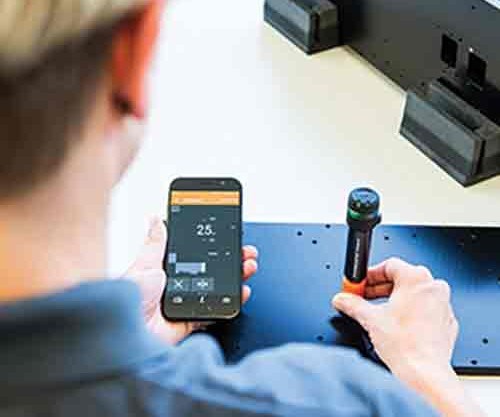XRF Device Optimized for Coating Thickness Measurement, Alloy Analysis
Fischer Technology’s lightweight Fischerscope Xan 500 X-ray fluorescence (XRF) instrument can be used as a handheld device or a fully enclosed desktop unit, or integrated directly into production lines.
At FABTECH 2018, Fischer Technology will demonstrate its lightweight Fischerscope Xan 500 X-ray fluorescence (XRF) instrument, which can be used as a handheld device or a fully enclosed desktop unit, or integrated directly into production lines.
The unit is optimized for coating thickness measurement and alloy analysis, making it well-suited for quality inspection and process control of electroplated, multilayer and alloy coatings. Its small size enables it to measure geometries such as large irregularly shaped parts or in offline locations.
The company’s small, pen-shaped Phascope Paint instrument is designed to quickly and easily measure the thickness of paint layers on magnetic substrates such as steel or iron as well as non-magnetic metals such as aluminum, without the need to switch the device or the probe.
Readings are analyzed and reported using an app for smartphones or tablets.Related Content
-
BYK-Gardner Offers Protective Coatings Field Test Kit
New field kit includes tools for a proper assessment of environmental conditions prior to coating applications and film thickness evaluation.
-
Multi-Functional Coating Test Instruments Operate Like “Swiss Army Knives”
With greater flexibility than limited traditional equipment, modern analytical instruments can ensure reliable coating performance by measuring critical characteristics like friction, peel, wear, and scratch resistance.
-
Powder Coating Overcomes Post Forming
Six Sigma methodology, open communication, and collaboration produce results for leading boat manufacturer.













